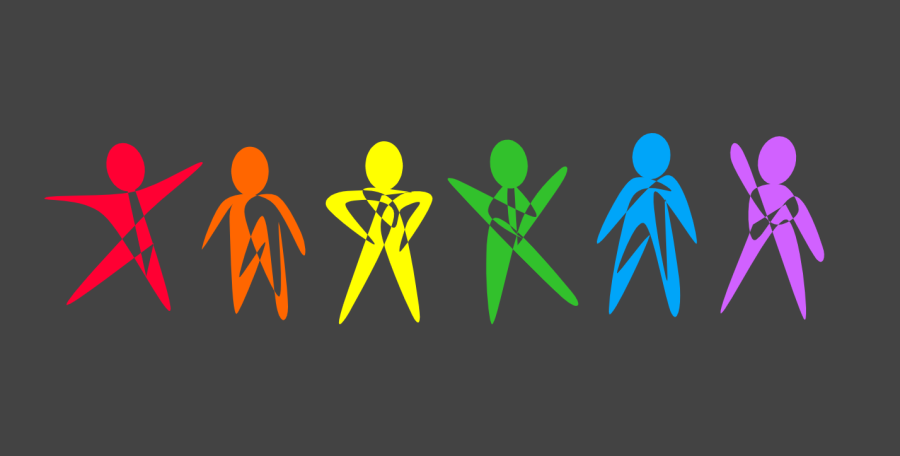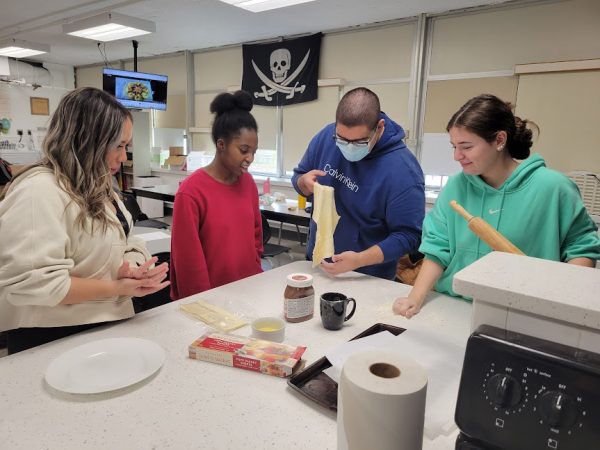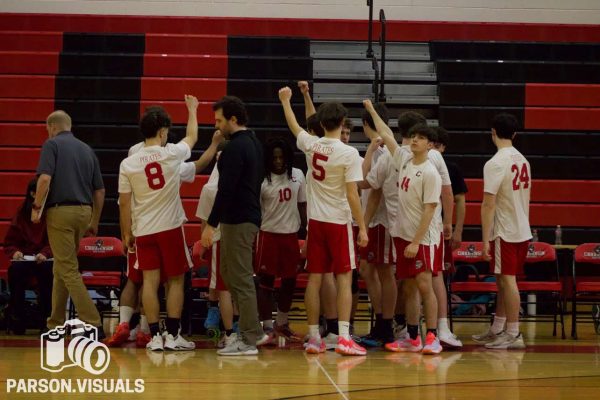LGBTQ+ Community and Mental Health: CHS Spotlight
This story is part of an ongoing Mental Health coverage series by the CHS Ship’s Log.
According to the National Alliance on Mental Illness (NAMI) in 2020, 21% of Americans, or roughly 52.9 million people, reported experiencing issues with mental illness. According to NAMI, 47.4% of those people are a part of the LGBTQ+ community.
Leading contributing factors, such as bullying, harassment, and assault can increase the chances of developing a mental illness. Although bullying can happen to anyone, members of the LGBTQ+ community experience it at higher rates often because of their sexuality or transition. In fact, 9 out of 10 LGBTQ+ students reported that they have experienced harassment in school in the past year, stated by STOMP Out Bullying.
Senior Mary Gallagher is a member of the Gay-Straight Alliance at CHS and is aware of the worries of the members of LGBTQ+ communities.
“It causes people to live in a lot of fear, and it makes them have to worry about other precautions that friends of theirs don’t have to,” Gallagher said.
Members of the LGBTQ+ community are more than twice as likely to develop a mental health condition compared to straight individuals, according to numerous studies. When LGBTQ+ individuals have not made their sexuality or gender orientation public, their “coming out” can create different types of stress such as not being accepted by their families and peers.
“Even if you’re confident in it, it’s just something you get really anxious just thinking about and having to actually put it in words so you get worried not only about people’s reactions but also just having to say and having to do it,” Gallagher said.
According to NAMI, 40% of LGBTQ+ adults say they have experienced rejection from a family member or a friend after coming out. LGBTQ+ teens and adults have a higher risk of experiencing homelessness, nearly 120% more likely, often as family rejection or discrimination based on gender identity or sexuality, as stated by the National Alliance of Mental Health. This then becomes a concern for their safety and their well-being.
Mr. Anthony Faltz, the crisis counselor at CHS, oversees the Gay-Straight Alliance at CHS. According to Faltz, he has witnessed situations of tension between parents and their children because of sexual orientation.
“Imagine the fear of coming out and then finally being able or wanting to come out then being met with such hostility from your own family members that are supposed to support you,” Faltz said. “That is traumatic.”
According to Hedegaard, Curtin, & Warner, suicide is the second leading cause of death for 10 to 24 year olds and the numbers are significantly greater for LGBTQ+ teens. As reported by The Trevor Project, there are about one attempt every 45 seconds by LGBTQ+ youth (13-24).
History teacher Mr. Dan Matz leads the LGBTQ+ affinity group at CHS and knows the importance of discussing mental health.
“As students go to college or professional life or job, they’re going to run into all sorts of people with all different kinds of backgrounds, and it’s important that they have exposure to these people when they’re young,” Matz said.
With that in mind, it’s important to point these topics out to bring awareness to these topics and bring support to the LGBTQ+ community.
“Any problem will never resolve itself without being discussed,” Faltz said.
For those looking for support, there are numerous hotlines and text messaging services that give anyone access to talk to someone about their mental health and provide support. There is a crisis service specifically for members of the LGBTQ+ community called The Trevor Project, which is accessible through their website and/or phone number. The Trevor Project is a support group created specifically for LGBTQ+ individuals, allowing individuals to reach out to counselors and other members of the LGBTQ+ community around the world. Its main objective is to spread the message that one is never alone and one’s life is worth something. Find more information about the Trevor Project here: The Trevor Project














